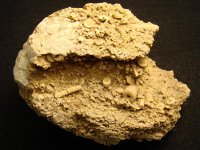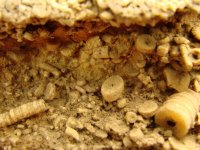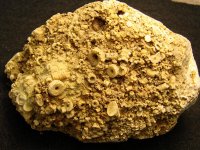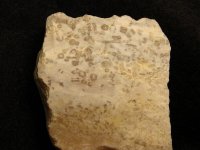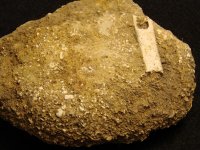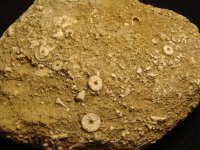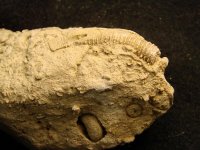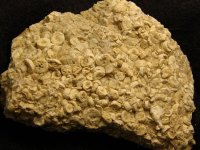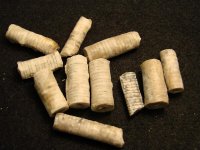I'm more of an arrowhead hunter than a fossil hunter. The river near my house cuts through the terminal moraine of the WI glacier. The glacier left a deposit of sand, gravel, clay, stones, cobbles, and boulders 200' thick at my house. The river exposes the glacial rocks, called "glacial till". The individual rocks are called "glacial erratics". Here's a pic of the shore of the river when the water is down.
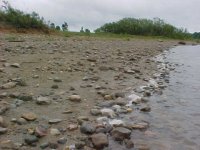
Although I'm looking for arrowheads, I can't resist picking up a fossil if I bump into one. Here are some coral fossils.
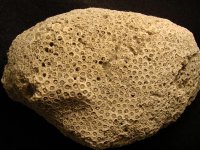
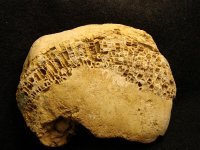
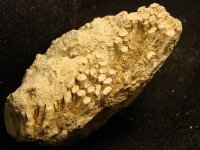
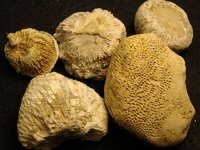
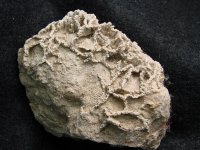
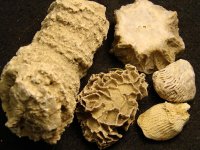

Although I'm looking for arrowheads, I can't resist picking up a fossil if I bump into one. Here are some coral fossils.









